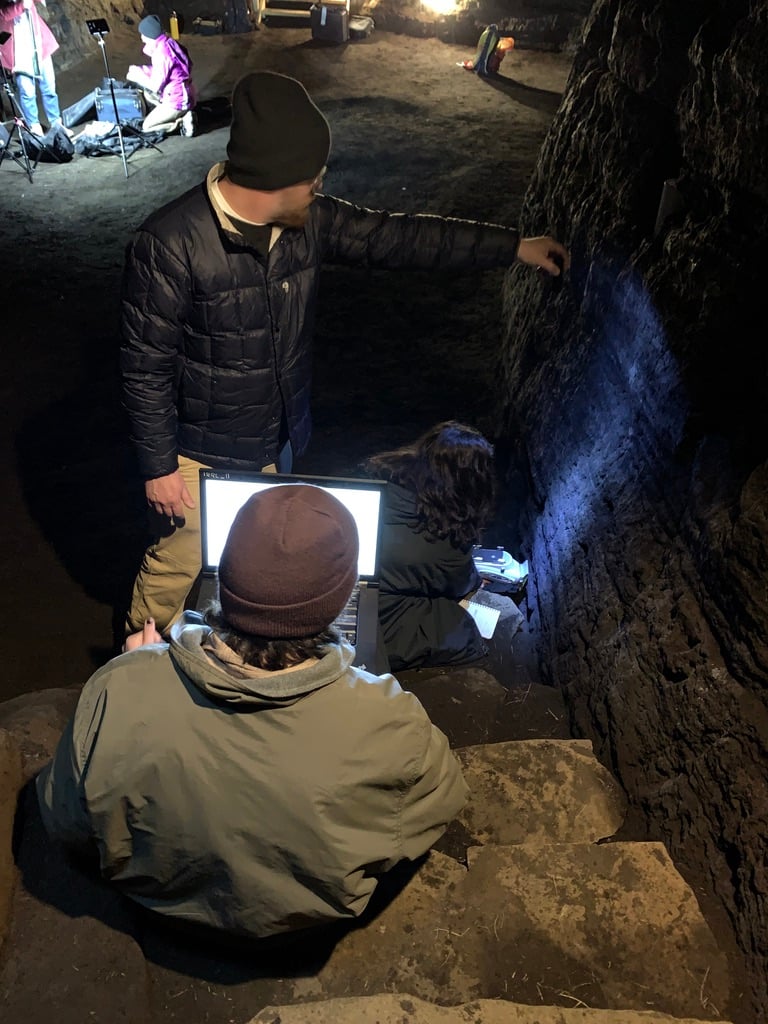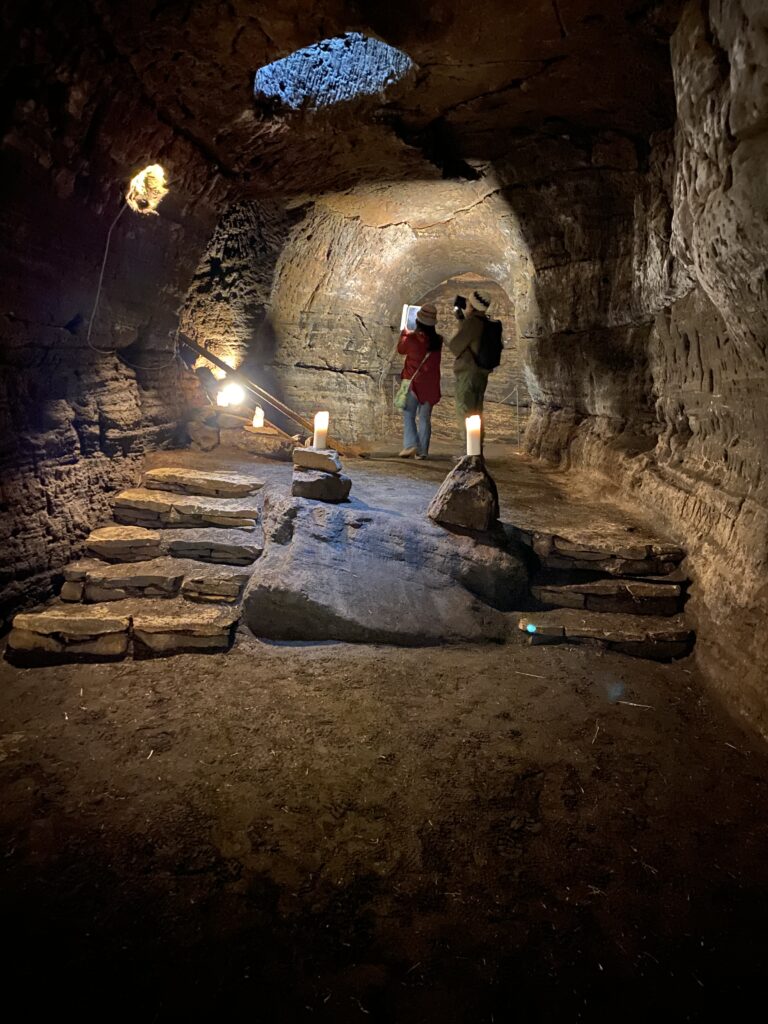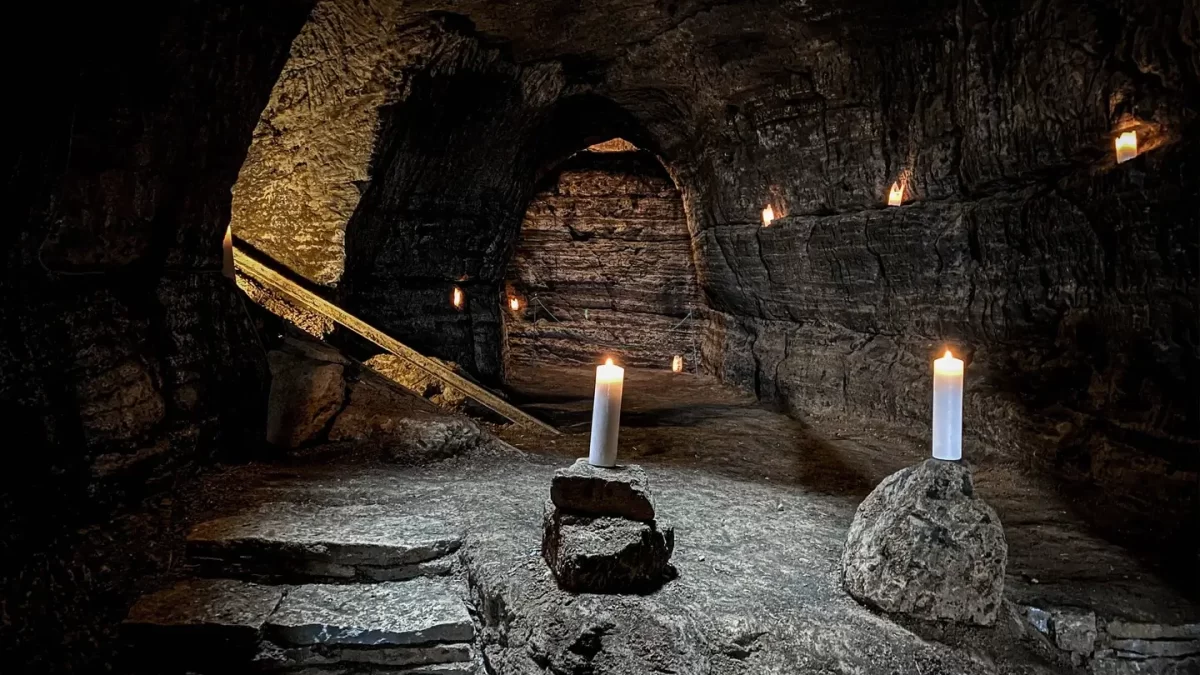A team of American scientists is currently working on the age determination of the caves at Ægissíða in Rangárþing ytra and their possible role in settlement of Iceland. The team is investigating carvings on cave walls and sediment layers in the caves. They use an innovative method to analyze the many diverse carvings found in the caves, a technique not previously used in Iceland.
Subscribe to my newsletter for exclusive discount codes that will give you savings on 150 Iceland tours and travel services.
Subscribe to the Stuck in Iceland newsletterReceive exclusive promo codes for tours, car rental, camper van rental, and outdoor clothing rental. Get occasional updates about new content. I will never give your data to a third party without consent.
Thank you
Jon Heidar, Editor of Stuck in Iceland Travel Magazine

The great mystery of the caves of Hella
The research team is led by Professor Laura Haynes in geology and Professor Elizabeth Lastra in medieval art history at Vassar College in New York state, USA.
The caves at Hella have long raised questions among historians, archaeologists, and geologists, with many speculating about their origins and purpose. In 2017, historian Árni Freyr Magnússon published a paper discussing methods to determine the age of the caves. Árni Freyr’s research concluded that the caves’ age could be determined using four main methods: examining historical documents, studying inscriptions and carvings on their walls, age-dating human habitation layers based on tephra, and investigating artifacts found in one of the caves.

“The method of the American experts is very interesting. It focuses on examining the carvings on the walls. When I was researching this five years ago, I had no idea that foreign experts would soon begin research with such advanced technology, which is generally not available to Icelandic scholars. It’s also exciting to see American experts in art history and geology choose the Hella caves for their research,” says Árni Freyr.
Groundbreaking technology is being put to work
The research team uses Reflectance Transformation Imaging (RTI) and X-ray Fluorescence analysis. RTI is employed to examine carvings on cave walls. A camera is set up in the caves, and light is directed from various angles onto the carvings, capturing them in high resolution. This allows for precise mapping of the carvings’ appearance and form. This will result in an accurate 3D map of the cave walls.
Next, X-ray Fluorescence analysis is used to examine the mineral dust on the cave walls, accumulated from water seeping through the rock since the beginning. This dust, sometimes found on top of the carvings, can provide important clues about the age of the carvings and therefore the caves, as well as information about vegetation and climate at different periods in the caves’ history.

Triangulation of different data may finally yield some answers about the caves of Hella
The composition of these minerals can offer significant insights into the period when the caves were excavated and put to use.
The team will also study the sediment layers in the caves and their relation to the formation of Iceland in a broader context. Through detailed analysis of these layers, the experts hope to determine more precisely the origins of the caves.
Árni Freyr eagerly awaits the results of the study. He admits that age determination of man-made caves has been challenging for Icelandic scholars, but with improved technology, the truth about the origins of these significant structures may finally be revealed.




